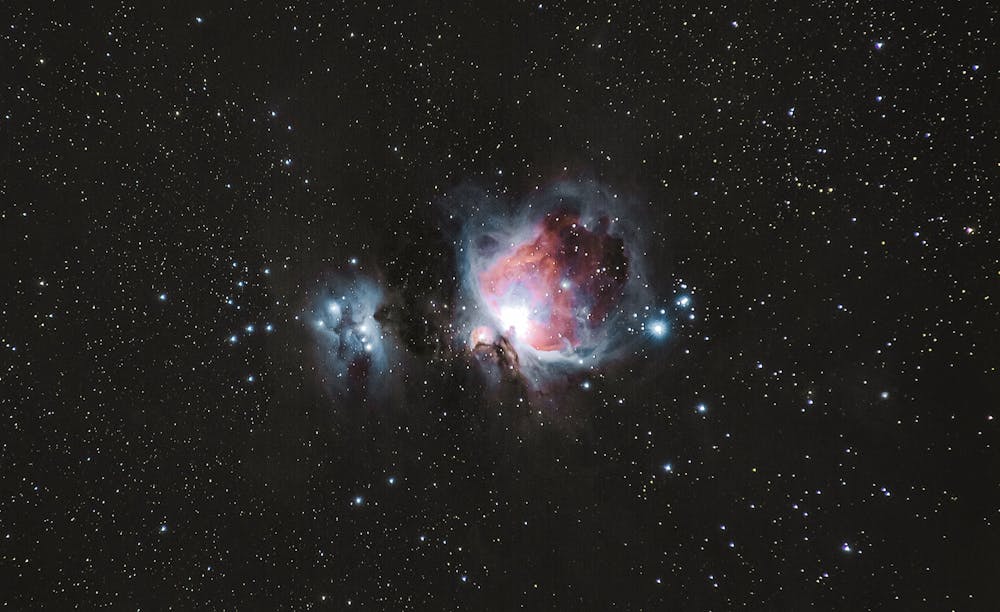In today's science, the search for the nature of dark matter ranks among the greatest challenges, but the key to fully understanding this substance may well lie within the stars. Specifically, the neutron star
Scientists have inferred the existence of dark matter, but have not observed it directly. It is extremely difficult to detect dark matter particles in experiments on Earth, because dark matter particles rarely interact with regular matter.
In order to detect these rare signals, we would need an enormous detector, perhaps so large that it would be impossible to build one on Earth. Natur offers an alternative option in the form of neutron stars - the entire neutron star can act as a dark matter detector.
Researchers have found a way to use the information gained from these unique natural dark matter detectors more accurately in research published in Physical Review Letters.
They form when giant stars explode in supernovae explosions, making them the densest stars known to exist. Left behind is a collapsed core, in which gravity presses matter together so tightly that protons and electrons combine to make neutrons. One teaspoon of material from a neutron star has a mass of one billion tons, comparable to that of the Sun.
Dark matter can be studied under extreme conditions that cannot be replicated on Earth in these "cosmic laboratories."
Ordinary matter and dark matter interact very weakly. For example, it can pass through a light-year of lead (about 10 trillion kilometers) without being stopped. It is incredible, however, how dense neutron stars can be, that they may be able to trap all dark matter particles that pass through them.
According to theory, the dark matter particles would collide with neutrons in the star, lose energy, and become gravitationally trapped. Over time, dark matter particles would accumulate in the core of the star. This is expected to heat up old, cold, neutron stars to a level that may be in reach of future observations. As dark matter accumulates, the star may collapse into a black hole in extreme cases.
It means we may be able to observe certain types of dark matter that are difficult or impossible to observe on Earth using neutron stars.
On Earth, dark matter experiments look for tiny nuclear-recoil signals, caused by incredibly rare collisions of slow-moving dark matter particles. As a result of the strong gravitational field of a neutron star, dark matter is accelerated to quasi-relativistic speeds, resulting in collisions of greater energy.
The nuclear-recoil method of detection is also problematic because it is most sensitive to dark matter particles with a similar mass to atomic nuclei, making it difficult to detect dark matter that might be lighter or heavier.


Comments
Post a Comment